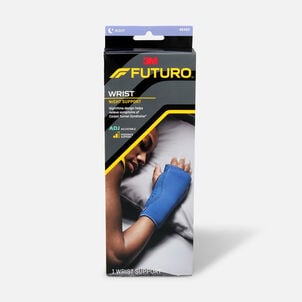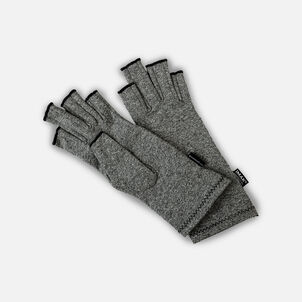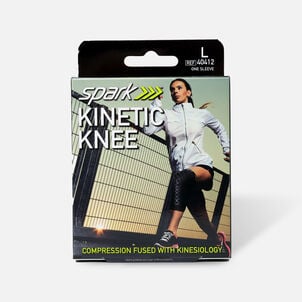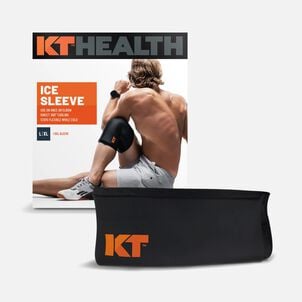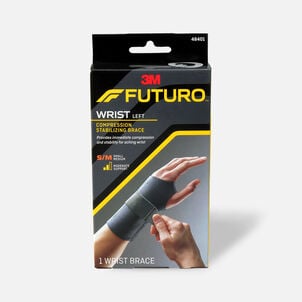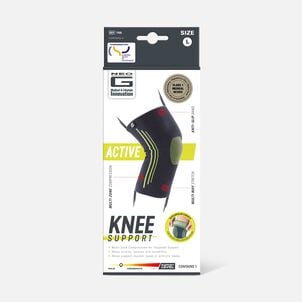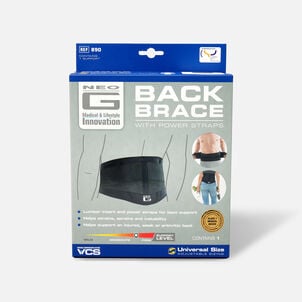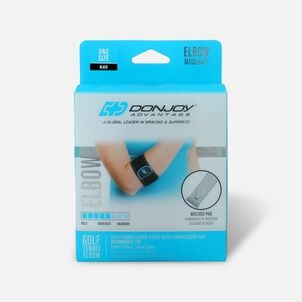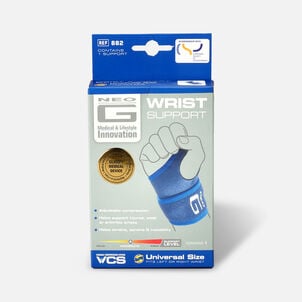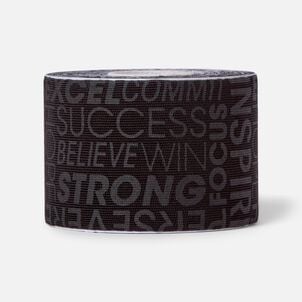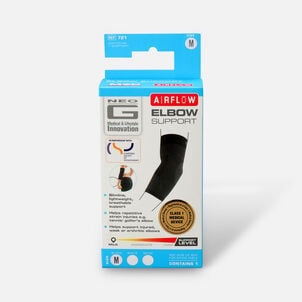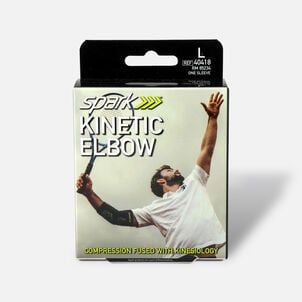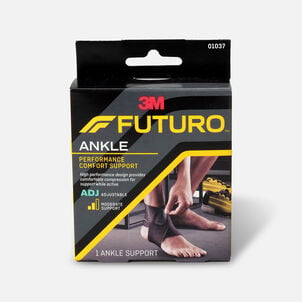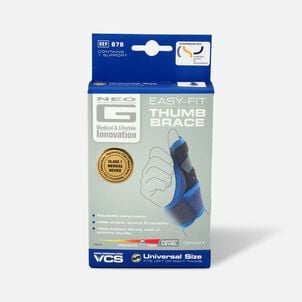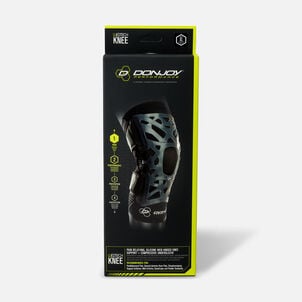The Complete FSA Eligibility List
Here it is — the most-comprehensive eligibility list available on the web. From A to Z, items and services deemed eligible for tax-free spending with your Flexible Spending Account (FSA), Health Savings Account (HSA), Health Reimbursement Arrangement (HRA) and more will be here, complete with details and requirements. Important Reminder: FSAs, HRAs and other account types listed may not all be the same. Be sure to check with your administrator to confirm if something is eligible before making a purchase.
Here it is — the most-comprehensive eligibility list available on the web. From A to Z, items and services deemed eligible for tax-free spending with your Flexible Spending Account (FSA), Health Savings Account (HSA), Health Reimbursement Arrangement (HRA) and more will be here, complete with details and requirements. Important Reminder: FSAs, HRAs and other account types listed may not all be the same. Be sure to check with your administrator to confirm if something is eligible before making a purchase.
Orthopedic and Surgical Supports: FSA Eligibility
Orthopedic and Surgical Supports: eligible with a Flexible Spending Account (FSA)FSA Eligible Braces & Supports
What are orthopedic and surgical supports?
Orthopedic and surgical supports are Over-the-Counter (OTC) medical products designed to help with medical conditions and post-surgical recovery after a surgery that treated or alleviated a medical condition. Examples of orthopedic and surgical supports include arch supports, arm slings, back braces, knee and ankle braces, lumbar supports, and more.
What are arch supports?
Arch supports are a type of shoe insert meant to provide additional foot support to individuals who were born with a foot profile that features high arches. These arch supports generally have a more bulbous look than other traditional shoe inserts, as they are meant to provide additional support to the foot's arch. Shoe inserts like arch supports refer to any kind of non-prescription foot support meant to be inserted into a shoe. A product is prescribed by a doctor and manufactured for a specific foot shape, it is referred to as a custom orthotic device.
What are high arches?
High arches, also known as Cavus Foot, is a condition where the foot's central arch is much higher than normal. This shape has adverse effects on the heel and ball of the foot, which absorb far more weight than a flatter foot that would better distribute this weight. High arches are often caused by neurologic disorders or other conditions like cerebral palsy, spina bifida, polio, muscular dystrophy or a structural abnormality that comes from an individual's genetics. However, if high arches are caused by a neurologic disorder or other medical condition, it will progressively worsen, while those that do not will maintain the same pronation over time.
The irregular shape of a foot with high arches can lead to myriad health issues, including pain when standing or walking, increased calluses on the ball and heel of the feet, hammertoes and other irregular toe positioning and an increased propensity to ankle sprains and muscle pulls from the unstable nature of the foot's shape.
How are high arches treated?
Arch supports are one of the most common non-surgical procedures used to provide stability and support for individuals with high arches. In addition, shoe modifications, custom orthotic devices and bracing to manage foot drop are all popular treatment methods that are eligible for reimbursement with a flexible spending account (FSA), health savings account (HSA) and health reimbursement arrangement (HRA).
How do arm slings treat injuries?
Arm slings are over-the-counter (OTC) items that do not require a prescription from a doctor for reimbursement through FSAs, HSAs and HRAs. In the event of a broken bone in the shoulder, arm or wrist, arm slings are one of the most reliable methods of immobilizing the affected area and preventing it from moving, which is critical to ensuring that the broken bones set correctly and heal in a timely fashion. Whether an arm sling is used is dependent on the type of fracture that has taken place.
How to properly wear an arm sling
If a physician recommends an arm sling to treat a bone fracture, this will require a variety of lifestyle and behavioral changes to be worn effectively. When putting on the sling each time, be sure to be mindful of:
- Arm positioning: The arm sling must be able to fully support the affected area, so if the sling is too loose, this can put unnecessary strain on the arm or shoulder. Slings should support the arm and forearm and kept at a 90-degree angle for optimal effectiveness.
- Tightness: If the sling is being worn too tightly, this can inhibit blood flow and stunt the healing process and may lead to unnecessary inflammation. If any numbness or swelling occurs, consult a doctor or physical therapist to find the optimal setting for the sling.
- Stiffness: While immobilization is the goal of arm slings, individuals should aim to regularly loosen or release the sling to exercise or move the elbow, wrist and hand. Stiffness in these joints can become a problem over time, so performing this light exercise/stretching 4 times each day will prevent any lingering discomfort.



